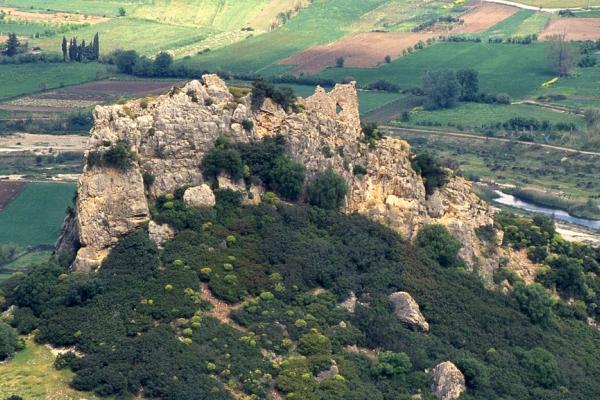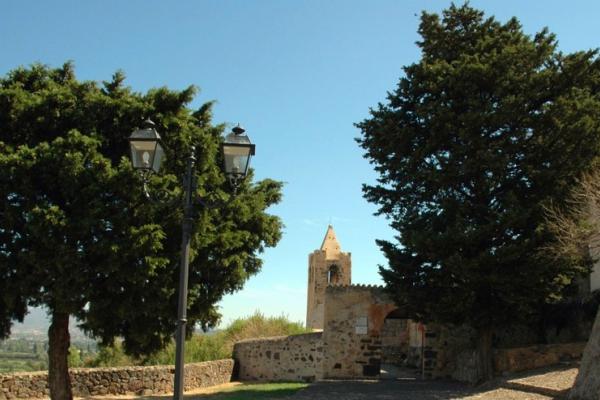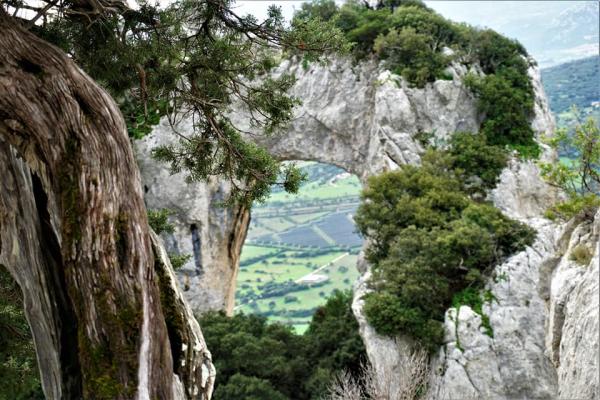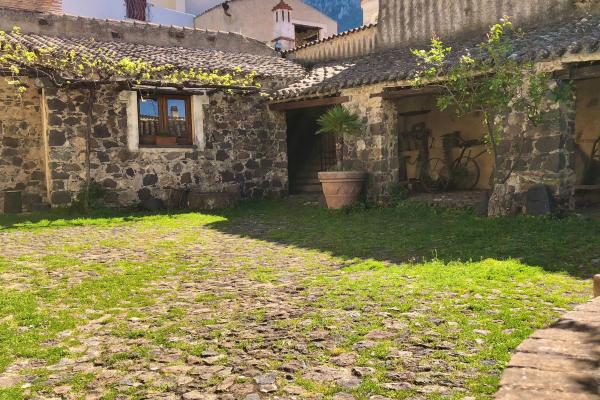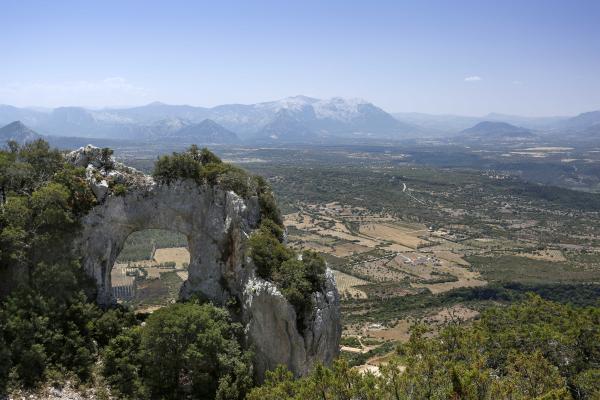Nestled in the Cedrino valley, surrounded by a landscape of gently rolling verdant hills cut through by streams and brooks, with a height of 860 m above sea level at the granite summit of monte Senes. Irgoli counts over 2,000 inhabitants and is known for its fine cured meats and quality cheese, for its craftsmanship with wood, iron and ceramics. The streets of town are decorated with wall paintings, murales, that tell of rural life and passion for music. Since 1986, every August they hold the festival dell’organetto (accordion festival), an international ethnic music event, and all year round a collection of some 120 bellow instruments are on display. The little parish church of San Nicola has, since 1500, housed a reliquary containing a thorn from the crown of Jesus. It is around this relic that Easter Week celebrations revolve. Several of the country churches were built on Nuragic Era remains: Sant’Antioco over a nuraghe, and the XIII century Santu Miali over a giant tomb, whose great stone slab was put to use as the main altar.

Town
A town within Baronia, an area between Nuoro and Gallura, in the eastern part of central Sardinia, a place of fine food, beautiful nature and fascinating archaeology
A town within Baronia, an area between Nuoro and Gallura, in the eastern part of central Sardinia, a place of fine food, beautiful nature and fascinating archaeology
See this place because...
You’ll discover the delicious products and fine crafts typical of the Baronia area, surrounded by pristine nature and valuable archaeological sites
Pictures and videos
You may also like
More attractions in the vicinity









